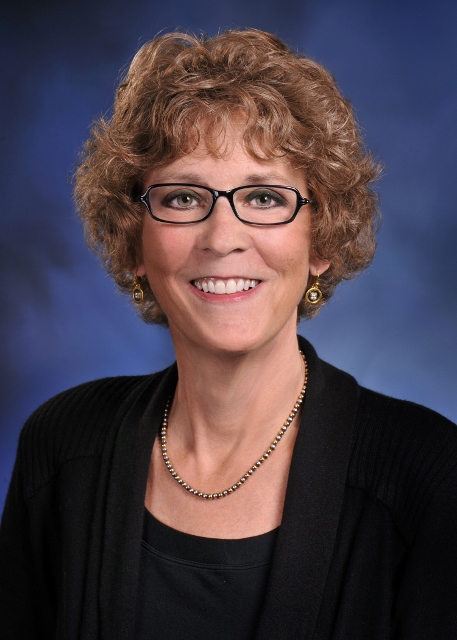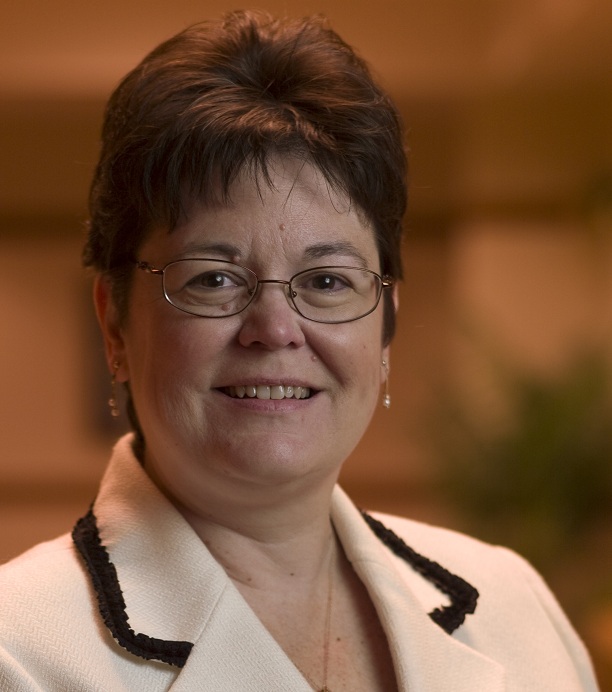As president and CEO of Clinical Integration Network and HSHS Medical Group at Hospital Sisters Health System in Springfield, Ill., Melinda Clark is responsible for the organization's physician alignment strategies. Deploying electronic health records into physician offices plays a critical role in achieving physician alignment for HSHS and has become a large part of Ms. Clark's job.
"We believe in care integration, and we use a lot of tactics to make that happen," says Ms. Clark. "One key tactic is offering an integrated EHR product to both affiliated and community physicians."
HSHS offers two different versions of the system's integrated EHR, one that includes practice management software, to all physicians in the area. The health system provides both the license for the EHR system along with technical support for the EHRs through its own IT department and internal resources.
The deployment strategy has allowed HSHS to significantly improve care coordination among affiliated and regional providers. "Now, when a patient is referred by one of our primary care physicians to another practitioner who is also a client of ours, when they go back to their referring physician, that physician has access to the patient's complete record, including that most recent visit," says Ms. Clark. "What's important is that information can now follow the patient — that makes a big difference."
The strategy is costly — the capital expense for all the EHR systems was steep, says Ms. Clark. A hospital or health system will also need to spend time and resources standardizing the system among practices and developing an interface to facilitate information exchange, she says. It is important, therefore, for an EHR deployment strategy like HSHS' to be part of a well-defined strategy with measurable goals.
For HSHS, the strategy has paid off, especially in improving care continuity between HSHS' hospitals and ambulatory facilities. "A lot of primary care physicians don't go to the hospital regularly, but [through the integrated EHR] the hospital physicians can see everything from the ambulatory records, and then everything from the hospital that's relevant goes back through the EHR to the ambulatory facility so the primary care physician can best manage the patient post-discharge," says Ms. Clark. "That has made a big difference to us."
 Thanks to recent rules issued by CMS and HHS' Office of the Inspector General extending the sunset dates for the EHR Anti-Kickback safe harbor and Stark Law exception, HSHS' EHR deployment strategy will continue. However, because the exceptions were announced so close to the previously announced sunset date of Dec. 31, 2013, the health system had to quickly revise documents and strategies to keep the program going, says Janet Seiler, director of care integration at HSHS. The wait for the final rules at the end of last year "caused lapses in the donation program," she says, "and concerns for clients who wouldn't have the resources to pay 100 percent of the cost of the EHR system without the donation."
Thanks to recent rules issued by CMS and HHS' Office of the Inspector General extending the sunset dates for the EHR Anti-Kickback safe harbor and Stark Law exception, HSHS' EHR deployment strategy will continue. However, because the exceptions were announced so close to the previously announced sunset date of Dec. 31, 2013, the health system had to quickly revise documents and strategies to keep the program going, says Janet Seiler, director of care integration at HSHS. The wait for the final rules at the end of last year "caused lapses in the donation program," she says, "and concerns for clients who wouldn't have the resources to pay 100 percent of the cost of the EHR system without the donation."
Now the sunset date has been pushed back to 2021, and Ms. Clark expects the program to continue. She expects more physicians to adopt EHRs to the betterment of care delivery throughout the system, despite any aversions some might have to switching from paper records.
"No physician has ever said, 'EHRs are the best thing that's happened to me,' but they're learning to endure them with the understanding this is how they'll be practicing in the future," says Ms. Clark.
The physicians who have access to HSHS' EHR system have realized the benefits of improved care coordination as well, she says. "If there's ever a situation where they can't access the system, they miss it — they realize how valuable that data really is."
More Articles on EHR Donations:
AHA Supports Extension of Stark Law, Antikickback Safe Harbors for Health IT
CMS, OIG Publish Proposed Rules for Extending EHR Exception, Safe Harbor
Sutter Health Extends EHR Offering to Physicians in Private Practice

